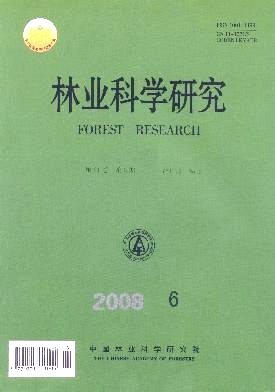|
[1]
|
Djingova R, Wagner G, Kuleff I. Screening of heavymetal pollutionin Bulgaria using Populus nigra‘Italica’[J]. The Science of theTotal Environment, 1999, 234: 175 - 184 |
|
[2]
|
Pulford ID, Watson C. Phytoremediation of heavymetal-contaminated land by trees—a review [J]. Environment International, 2003,29: 529 - 540 |
|
[3]
|
Vyslou? ilováM, TlustoíP, SzákováJ. Cadmium and zinc phytoextraction potential of seven clones of Salix spp. p lanted on heavymetal contaminated soils [J]. Plant Soil Environ, 2003, 49 (12) : 542- 547 |
|
[4]
|
Kuzovkina Y A, Quigley M F. Willows beyond wetlands: uses ofSalix L. species for environmental p rojects [J]. Water, Air, andSoil Pollution, 2005, 162: 183 - 204 |
|
[5]
|
Punshon T, Lepp NW, Dickinson NM. Resistance to copper toxicity in some British willows [J]. Journal of Geochemical Exp loration,1995, 52: 259 - 266 |
|
[6]
|
涂忠虞. 柳树育种与栽培[M]. 南京: 江苏科学技术出版社, 1982
|
|
[7]
|
Watson C, Pulford ID, Riddell-Black D. Development of a hydroponic screening technique to assess heavy metal resistance in willow(Salix) [J]. International Journal of Phytoremediation, 2003, 5(4) : 333 - 349 |
|
[8]
|
Mant C, Peterkin J, May E, et al. A feasibility study of a Salix viminalis gravel hydroponic system to renovate p rimary settled wastewater[J]. Bioresource Technology, 2003, 90: 19 - 25 |
|
[9]
|
Vervaeke P, Luyssaert S, Mertens J, et al. Phytoremediation p rospects ofwillow stands on contaminated sediment: a field trial [J].Environmental Pollution, 2003, 126: 275 - 282 |
|
[10]
|
Landberg T, Greger M. Differences in up take and tolerance toheavy metals in Salix from unpolluted and polluted areas [J]. App lied Geochemistry, 1996, 11: 175 - 180 |
|
[11]
|
LottníkováA, LunáˇckováL, MasarovióováE, et al. Changes inthe rooting and growth of willows and pop lars induced by cadmium[J]. Biologia Pantarum, 2003, 46 (1) : 129 - 131 |
|
[12]
|
Dos SantosUtmazianM N , Wieshammer G, Vega R, et al. Hydroponic screening for metal resistance and accumulation of cadmiumand zinc in twenty clones ofwillows and pop lars [J]. Environmental Pollution, 2007, 148 (1) : 155 - 165 |
|
[13]
|
Kuzovkina Y A, KneeM, QuigleyM F. Cadmium and copper uptake and translocation in five willow ( Salix L. ) species [J]. International Journal of Phytoremediation, 2004, 6 (3) : 269 - 287 |
|
[14]
|
Cosio C, Vollenweider P, Keller C. Localization and effects of cadmium in leaves of a cadmium2tolerant willow (Salix vim inalis L. )I. Macrolocalization and phytotoxic effects of cadmium [J]. Environmental and Experimental Botany, 2006, 58 (1~2) : 64 - 74 |
|
[15]
|
Watson C, Pulford ID, Riddell-Black D. Screening ofwillow species for resistance to heavymetals: comparison of performance in ahydroponics system and field trials [J]. International Journal ofPhytoremediation, 2003, 5 (4) : 351 - 365 |





 DownLoad:
DownLoad: